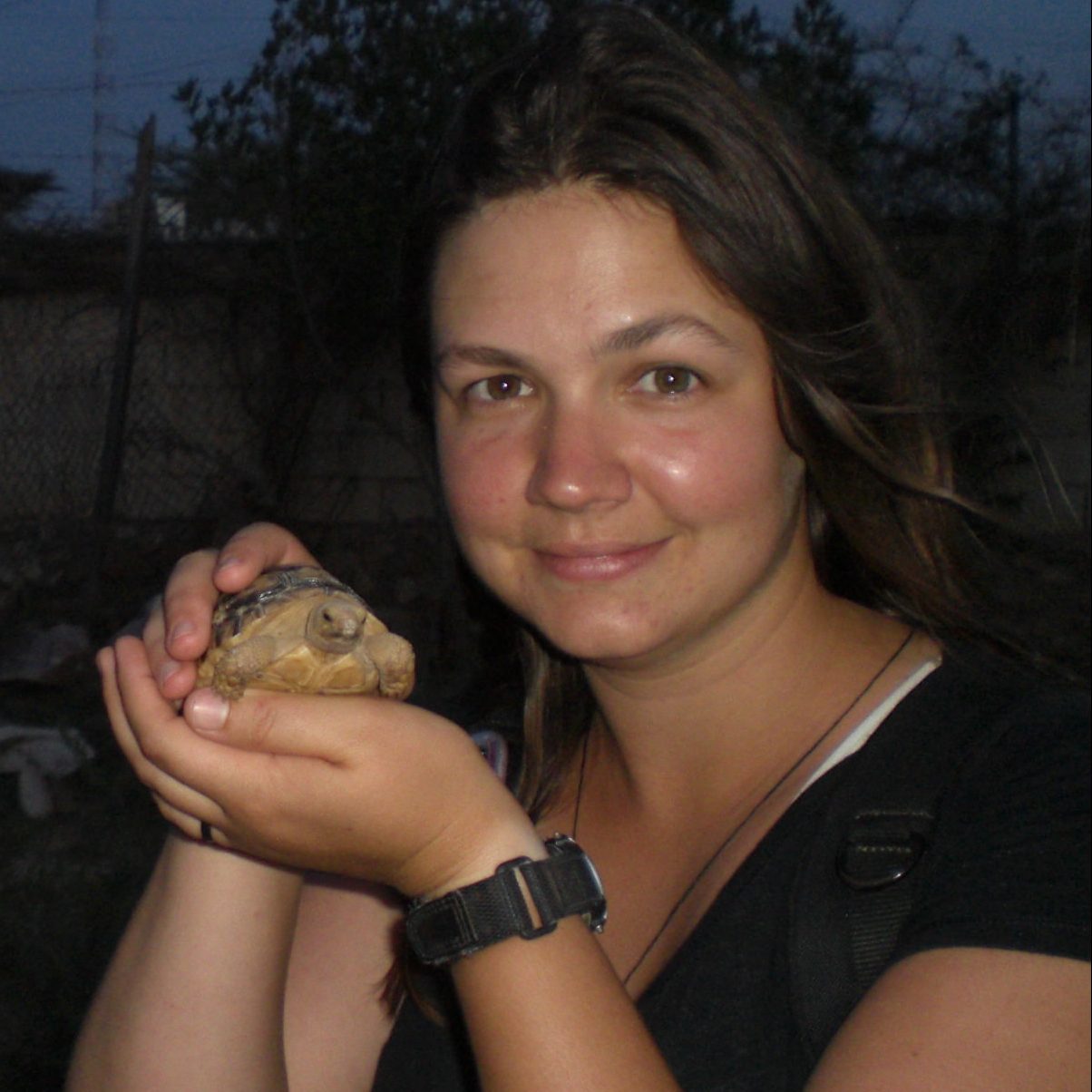
February 12, 2020
4-5pm
While it may not be the bee-pocalypse popular media has hyped it up to be, honey bee health is declining, leading to serious economic and agricultural concerns. Among the multiple natural and anthropogenic threats to honey bee health are the ectoparasiticmite Varroa destructor,and the numerous harmful pathogens it vectors. While many Varroa control methods have been developed, constraints such as limited uptake and the evolution of resistance to chemical interventions have resulted in little progress, such that Varroa remain the primary biological threat to honey bee health today. One promising avenue for improved intervention is the breeding of “hygienic” honey bees, capable of detecting and removing brood that is parasitized or otherwise unhealthy. In an effort to improve hygienic selection methods and expand our understanding of the role of brood in hygienic behavior, we investigated honey bee cuticular chemicals associated with unhealthy brood. Adding to knowledge from previous studies, we identified multiple hydrocarbons elevated in unhealthy brood and brood targeted for hygienic removal. Using these hygiene-inducing unhealthy brood odors, we developed a bioassay to quantify colony hygiene level. Compared to existing selection methods, this pheromone-based assay is more practical, and serves as a better predictor of colony level Varroa infestation and resistance. Adoption of this novel assay has the potential to lead to healthier honey bees, with greater resistance to Varroa and its associated pathogens. This work expands our understanding of honey bee chemical communication, and provides a novel tool for the improved hygienic selection of honey bees. Beyond its practical implications, this work exemplifies the potential for important fundamental research to lead to solutions for pressing, practical problems.